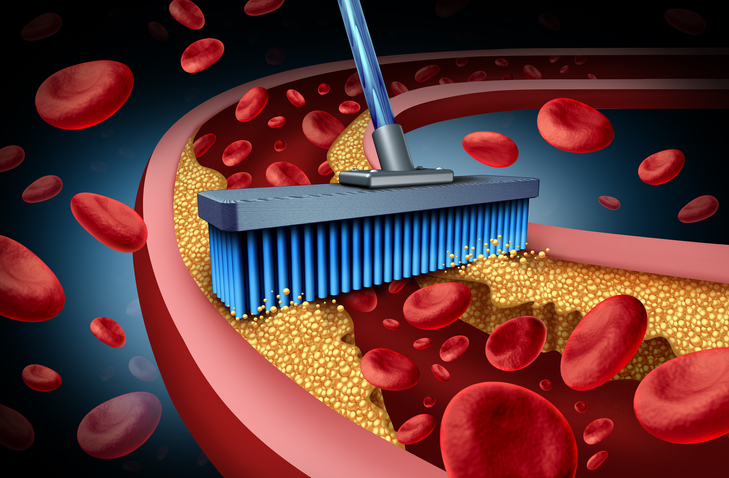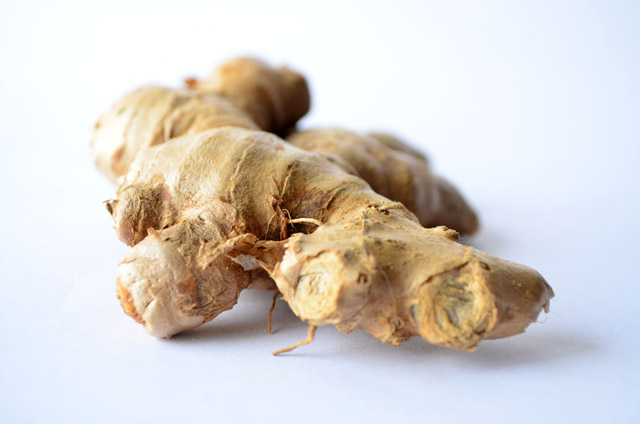Posted By:
Steve Parcell
Category:
Preventive Cardio
Tags:
cardiovascular health
Conventionally recognized dietary factors known to promote atherosclerosis (plaque in the arteries) and that involve animal products include saturated fat, dietary cholesterol, low fiber intake, and excess iron. Bioaccumulation of environmental toxins such as herbicides, pesticides, antibiotics and hormones are excluded in this article and another matter entirely. There is an interesting fact though; not all people who have higher cholesterol and consume animal products get heart disease, stroke and atherosclerosis. Despite similar cholesterol levels, physical activity and lifestyle, some get it and some are spared–why is this? There are many reasons we get atherosclerosis and the role of animal foods in human disease is much more complex than previously thought. The Link Between Trimethylamine-N-Oxide (TMAO) and Heart Disease In 2011, researchers discovered a substance called trimethylamine-N-oxide also known as TMAO. TMAO is a byproduct of egg, meat, fish (yes fish), and milk consumption. Researchers found that people with higher levels of TMAO may have more than twice the risk of heart attack, stroke, or other cardiovascular problems, compared with people who have normal levels. TMAO can cause damage to your kidneys, heart, liver and blood vessels through different mechanisms. TMAO causes changes in cholesterol levels, activation of inflammatory pathways...






